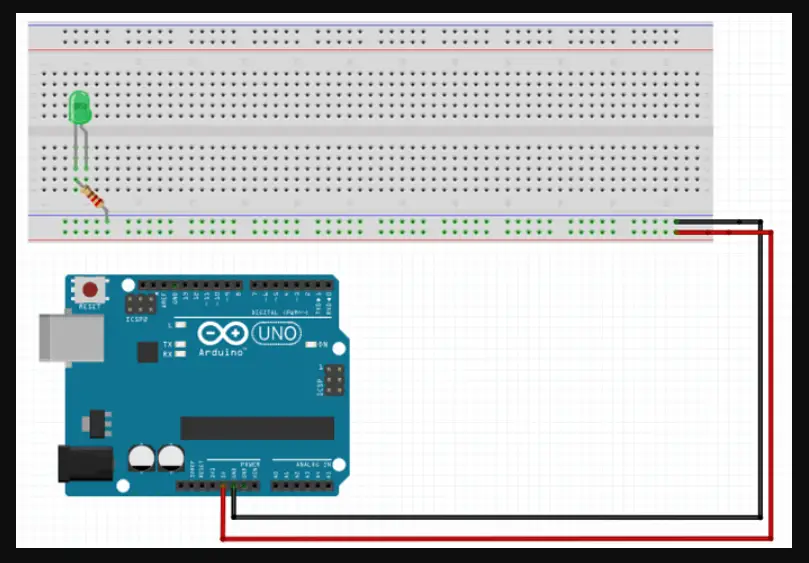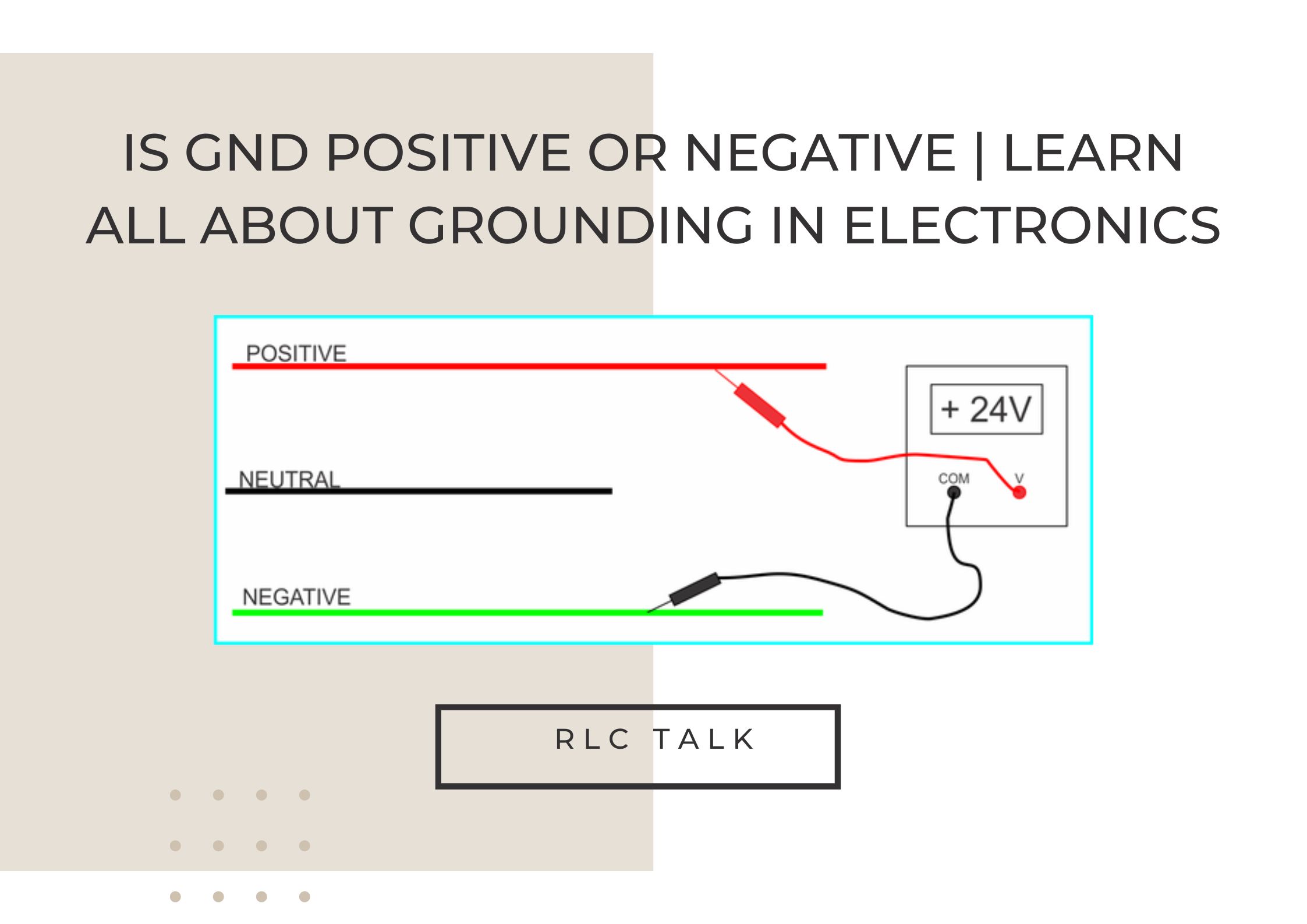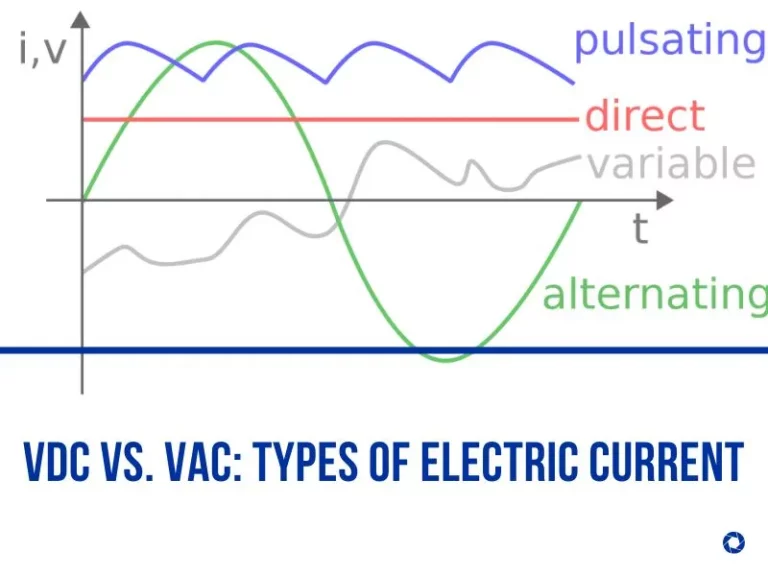Is GND Positive Or Negative | Learn All About Grounding In Electronics
Ground is an arbitrary reference point you can select from anywhere you want, and all other potentials in the circuit are measured in terms of ground.
So, ground is at 0 potential and is neither positive or negative. Ground is positive in case when a potential is applied to a non-zero potential to zero. It is negative, when a potential is applied to a non-zero potential to a zero.
What is Ground

Ground is the path for voltage to return back to the negative side of a battery. The metal chassis of a vehicle acts as the main part of the ground circuit. In a circuit, ground is the reference point from which all other voltages are measured and referenced. It’s connected to all components in a circuit so they can be considered as being ‘grounded’.
The earth ground or reference point is connected to earth and is used to equalize voltages between different parts of an electrical circuit and earth potentials. Earth ground is generally immune to electrical wavering but lightning hits can cause some variation.
In electronic equipment, ground refers to a d.c. voltage reference point from which other voltages are measured and referenced.
Ground is also used in power supplies to provide various d.C voltages
Grounding in electronics
Grounding in electronics is the process of connecting an electrical component to the planet Earth. A ground symbol is used to indicate points in a circuit that should be connected to the negative terminal of a battery, simplifying the circuit diagram.
A ground connection prevents voltage from accidentally flowing into the circuit, which can damage it and prevent it from working properly.
Testing an electrical circuit requires a visual check of power supply and wiring block connectors to ensure they are secure and in good condition. Fault finding is easier if the circuit is divided into two halves, the power side and the ground side, to test each side of the circuit and reveal which is at fault.
Ideally, a ground connection should be permanent and reliable. However, this may not always be possible for safety or other reasons, such as using batteries or using solar power.
Is GND (ground) positive or negative?
Grounding a circuit is the process of ensuring that all power supplies and electrical devices in the circuit are connected to a common point, also called ground. This ensures that any voltage present in the circuit does not leak out into the atmosphere.
In electronics, grounding refers to ensuring that all equipment or circuits are connected to earth, which can be ground (e. g. grounded wire), a dedicated point, or an isolated piece of equipment.
There are two types of grounding: negative and positive. The two are mutually exclusive, meaning you must never use both at the same time. Unlike voltage, grounding is not measured in volts, but rather in Ohms.
To ensure proper grounding of electronic circuits, it is essential to have a ground circuit consisting of a wire with connectors and other electronic components such as electronic resistors and capacitors.
In this blog, we will tell you what ground is and why it is important in electronics. We will also tell you how it works in electronics and how it can be used in different ways by different people.
Is ground positive or negative Arduino?

Ground is typically positive, but there are a few rare exceptions. The presence of ground can have a number of effects on Arduino hardware and software.
Working with ground can be dangerous if you’re not aware of the risks. Always be sure to read the documentation for any particular Arduino project before beginning work! This will help you understand the basics of how the circuit works, as well as any safety considerations.
If you need to know whether or not ground is present, you can use an analog input or digital input. The presence of ground has a positive or negative effect on the circuit depending on the connection. Be sure to always read the documentation for any given Arduino project before beginning work!
GROUND vs NEGATIVE in circuits
A circuit is a closed loop of electrically conductive elements. In a negative ground circuit, the negative terminal of the power source connects to the ground terminal. Negative ground circuits are typically used for power supplies operating on 12, 24 or 48 volts with either negative or positive ground configurations.
As a general rule, negative ground power supplies take advantage of the inherent benefit of using positive ground in a DC circuit: that it can improve plug performance and the longevity of high-tension cables. British cars have been using negative ground up to 1936 when it was found that positive ground had certain advantages such as improved plug performance and longer-lasting high-tension cables.
When working with three-terminal DC power supplies, incorrect grounding will result in no current flowing through the circuit. It’s important to correctly identify positive/negative and positive/ground when wiring electronic devices or power supplies.
There is No Active Bootloader in the Module XBee!
rlc talk
Arduino ground pin
The ground (GND) pin on an Arduino board is used to provide a stable power supply for the microcontroller. Connecting this pin to an external circuit can help reduce noise and interference. This is because the ground (GND) pin forms part of the circuit’s negative terminal, and it provides a secure connection to the external circuit.
If you’re using more than one Arduino board in a project, it’s important to make sure that each board has its own GND pin. And if you’re using an external power supply, make sure that the ground (GND) pin on one board is connected to the power supply’s ground (GND) pin.
Conclusion
You know the basics of grounding and electronics, but are you sure you’ve got it right? Try experimenting in the kitchen with a grounded food scale. That will help you get to grips with the concept. And if you make any mistakes, don’t forget to share your experiments on our comment section!
LCD Displaying Black Boxes Instead Of Text | Arduino Troubleshoot
rlc talk
FAQs
What is the Earth Ground in wall outlets?
How many ground pins in the Arduino uno?
GND
VCC
3.3V
What is the difference between GND (ground) and GND+ (gnd+)?
GND (ground) is a reference point in a circuit with a voltage of 0V. This means that GND can be used as a ground point for negative voltage supplies or to connect negative voltage sources to one another.
GND+ (gnd+) is a positive terminal of a three-terminal DC power supply. GND+ is connected to the positive (+) terminal of the power supply, while GND (ground) is physically tied to the chassis, which is connected to the ground wire within the power cord.
By using ground symbol and gnd+, you can easily identify gnd+ as the positive terminal in any circuit diagram.
What is the difference between ground and neutral?
Why is GND (ground) important in electronics?
1. GND is a reference point in a circuit which carries a voltage of 0V. This makes it easy to understand and diagram circuits.
2. GND is connected to different points in the circuit and simplifies circuit diagrams. This makes it easier to troubleshoot and maintain electronics.
3. GND is used to measure voltage relative to another point in the circuit. For example, you might use GND to measure voltage difference between two points in a circuit.
4. GND connects to the earth via a conductive material such as copper, aluminum, or an aluminum alloy. This makes it immune to electrical wavering and ensures stable power supply.





![What is Exposed electrical conduit? [Pros and Cons Included]](https://www.rlctalk.com/wp-content/uploads/2023/02/What-is-Exposed-electrical-conduit-Pros-and-Cons-Included-768x576.jpg)

